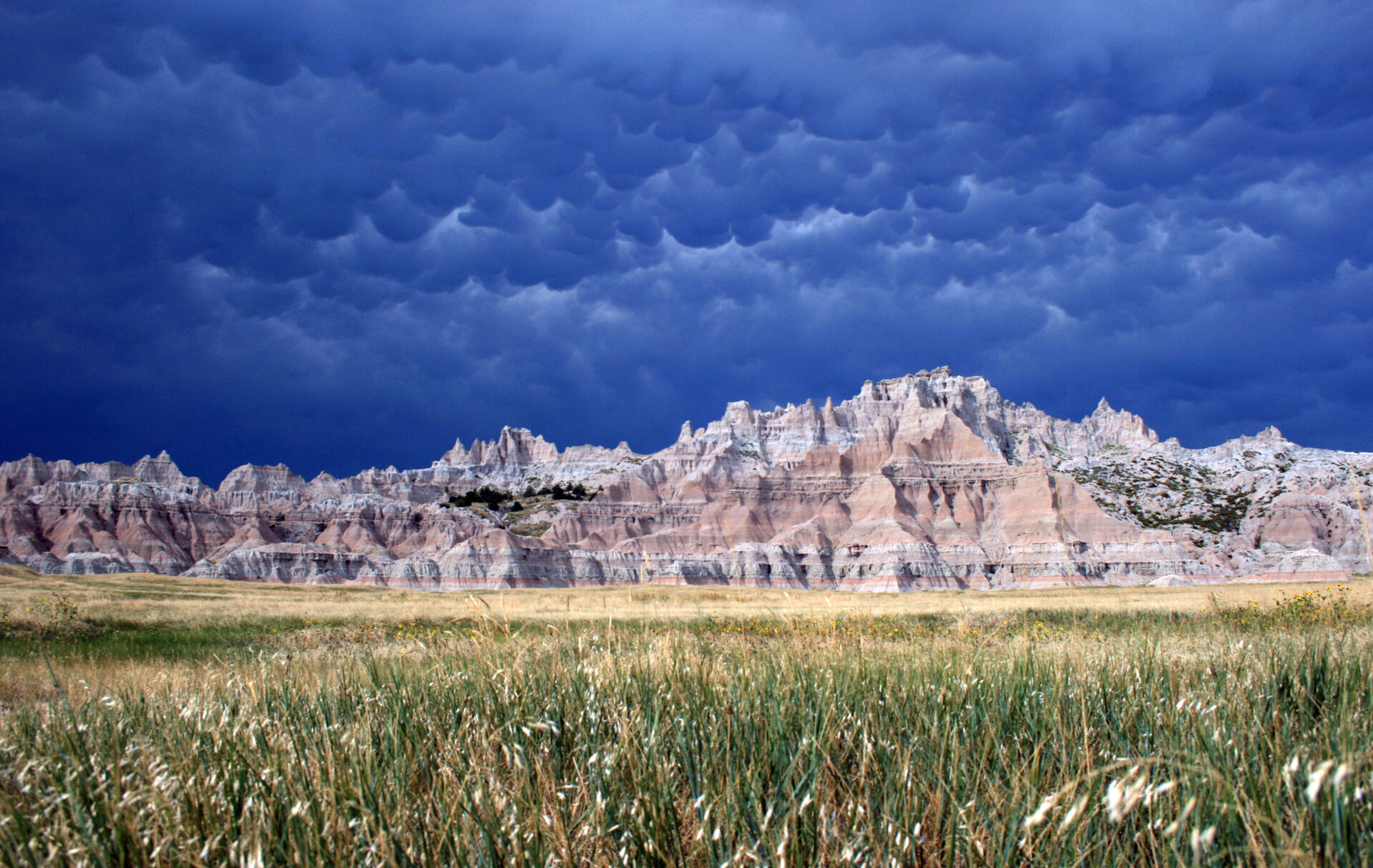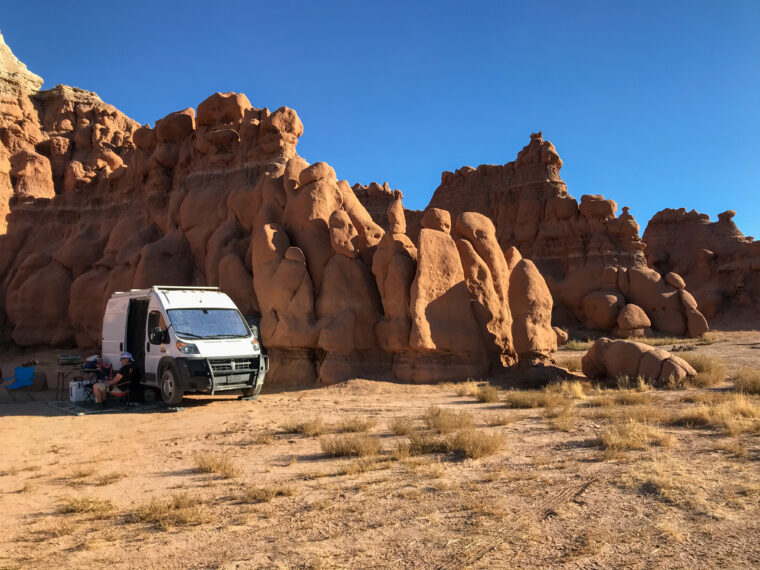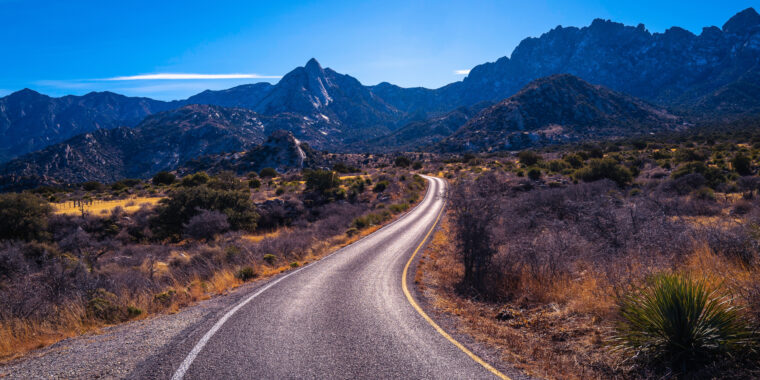Most U.S. national parks aren’t known for welcoming boondockers, but there are exceptions. The parks and nearby public lands that do permit boondocking typically have a 14-day camping maximum. Campers should also keep a few things in mind when staying at these properties like:
- Camp at least 0.25 miles from developed campgrounds and trailheads.
- Camp at least 200 feet away from water sources, like lakes, ponds, and streams.
- Only use established campsites.
- Always adhere to Leave No Trace principles.
- Avoid disrupting the natural landscapes, wildlife, and ecosystems near your camping area.
If boondocking in or near a national park is on your list of adventures, here are a few parks that offer exceptional boondocking opportunities.
How to Leave No Trace: Boondocking Edition

1. Olympic National Park, Washington
Tucked away on the Olympic Peninsula in Northwest Washington, Olympic National Park is known for its friendly boondocking policies. Most established boondocking sites don’t require permits, with the exception being along some hiking trails that have day-use fees. The park itself sprawls across several ecosystems, from snow-capped mountains to lush rainforests, so regardless of what time of year you visit, you can probably find a comfortable temperature for camping.
There’s also a wealth of boondocking in the adjoining Olympic National Forest. Those with pups in tow will love the lax dog rules here, including no leash laws (must be under voice control), except in busy areas. Attractions in the park and national forest include exploring the Hoh Rainforest, kayaking, hiking, summiting Mount Olympus, and checking out the more than 70 miles of coastline.
The Ultimate Guide to Boondocking With Pets
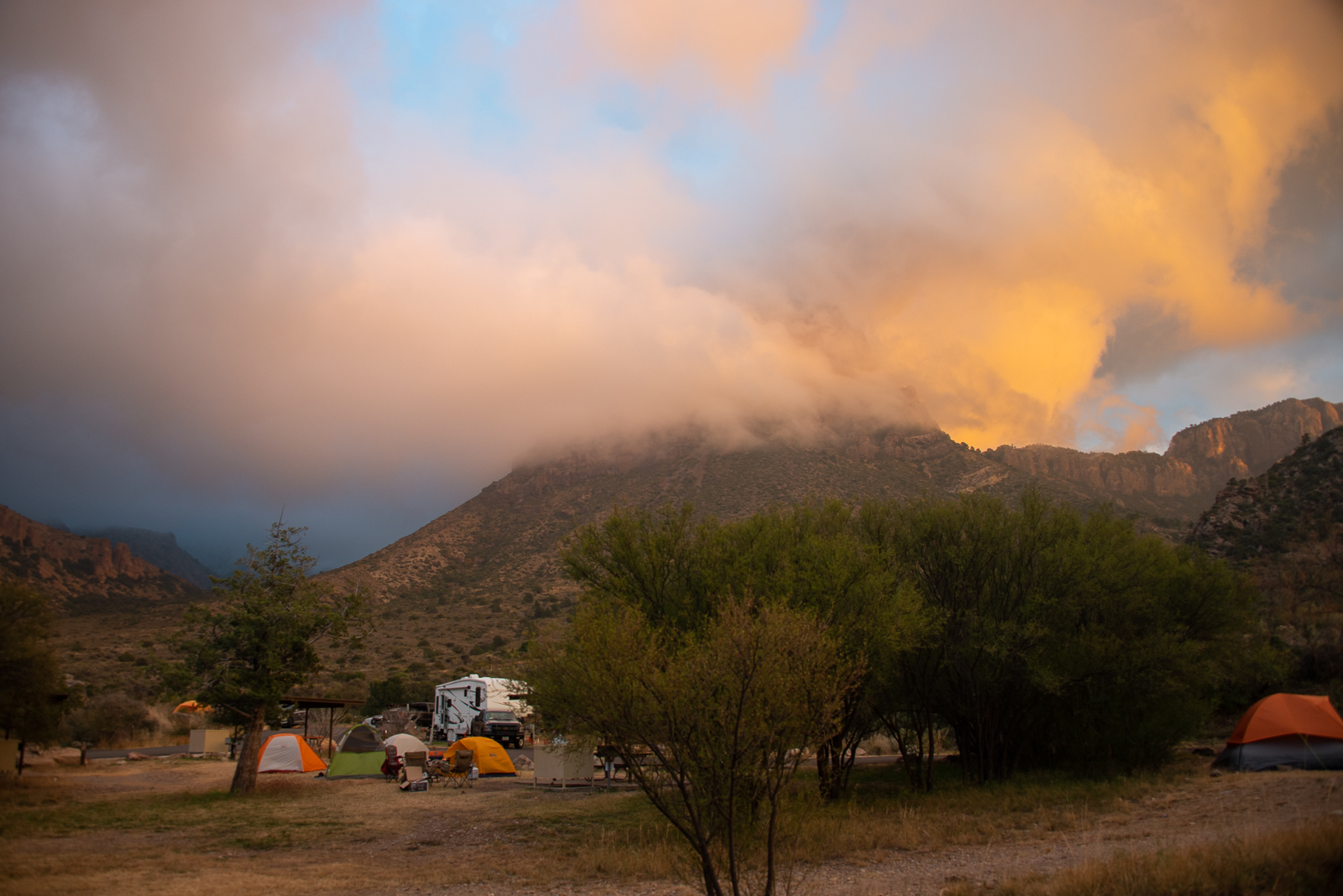
2. Big Bend National Park, Texas
Big Bend is a rare find for boondocking in national parks. It has a network of primitive roadside campsites, many of which are in remote backcountry areas of the park. Most of the sites require four-wheel drive, high-clearance vehicles to get to, but there are a handful that can accommodate RVs up to 30 feet and trailers less than 25 feet.
The Best RV Campgrounds for Stargazing Adventures
The best time to go is in the spring and fall, when temperatures are most moderate, as there’s no shade. The sites require a backcountry use permit, which you can obtain online. The most popular sites are reservable 180 days (6 months) out and almost always fill beforehand. The rest can be reserved 24 hours before your first night at the Panther Junction and Chisos Basin visitor centers. No generators are allowed, and dogs aren’t permitted in the backcountry, on hiking trails, or by the river.
In addition to the sites within the park, there are plenty of nearby Bureau of Land Management (BLM) properties with designated dispersed camping. There are also campgrounds just north of the park in the towns of Marfa and Marathon.
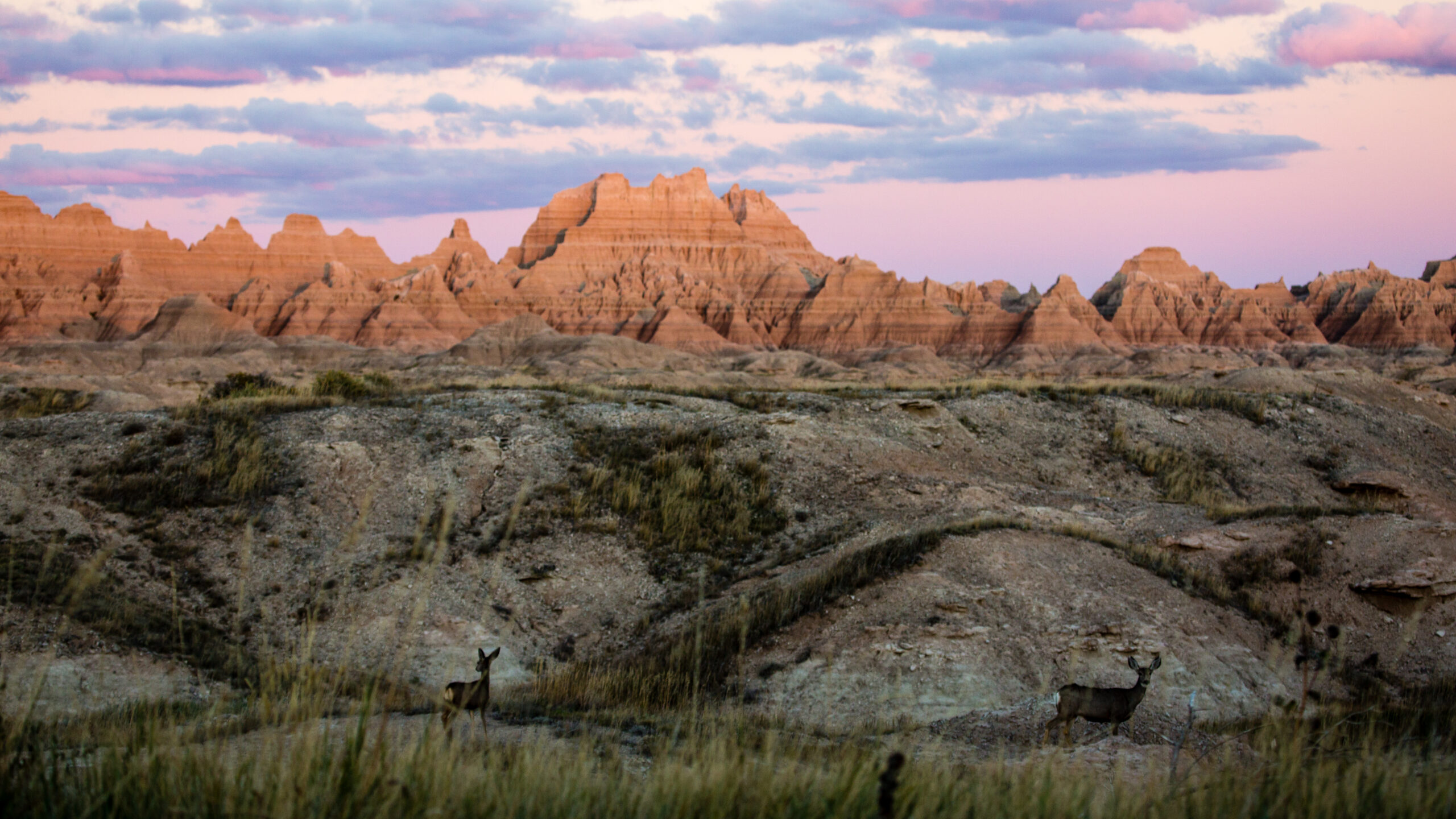
3. Badlands National Park, South Dakota
Boondocking sites are limited inside Badlands National Park, but there’s a plateau beloved by boondockers just 1 mile north in the Buffalo Gap National Grassland. This land is referred to as the Wall or the Nomad View Dispersed Camping Area. There are plenty of spots for RVs of all sizes, with unending views of the sci-fi-esque Badlands and spectacular sunrises and sunsets. The area is exposed, so be cautious of impending storms during your stay. The roadways have also been known to wash away or become heavily rutted after significant rainfall, so plan accordingly to your vehicle’s capabilities.
At-Risk Boondocking Locations and Where to Camp Instead
Carved by waters flowing from the Black Hills, Badlands also contains a rich mixed-grass prairie and some of the world’s richest fossil beds. The park is also a great jump-off for visiting nearby Mount Rushmore, Wind Cave National Park, Lacreek National Wildlife Refuge, Minuteman Missile National Historic Site, and Jewel Cave National Monument, which are less than 2 hours away.
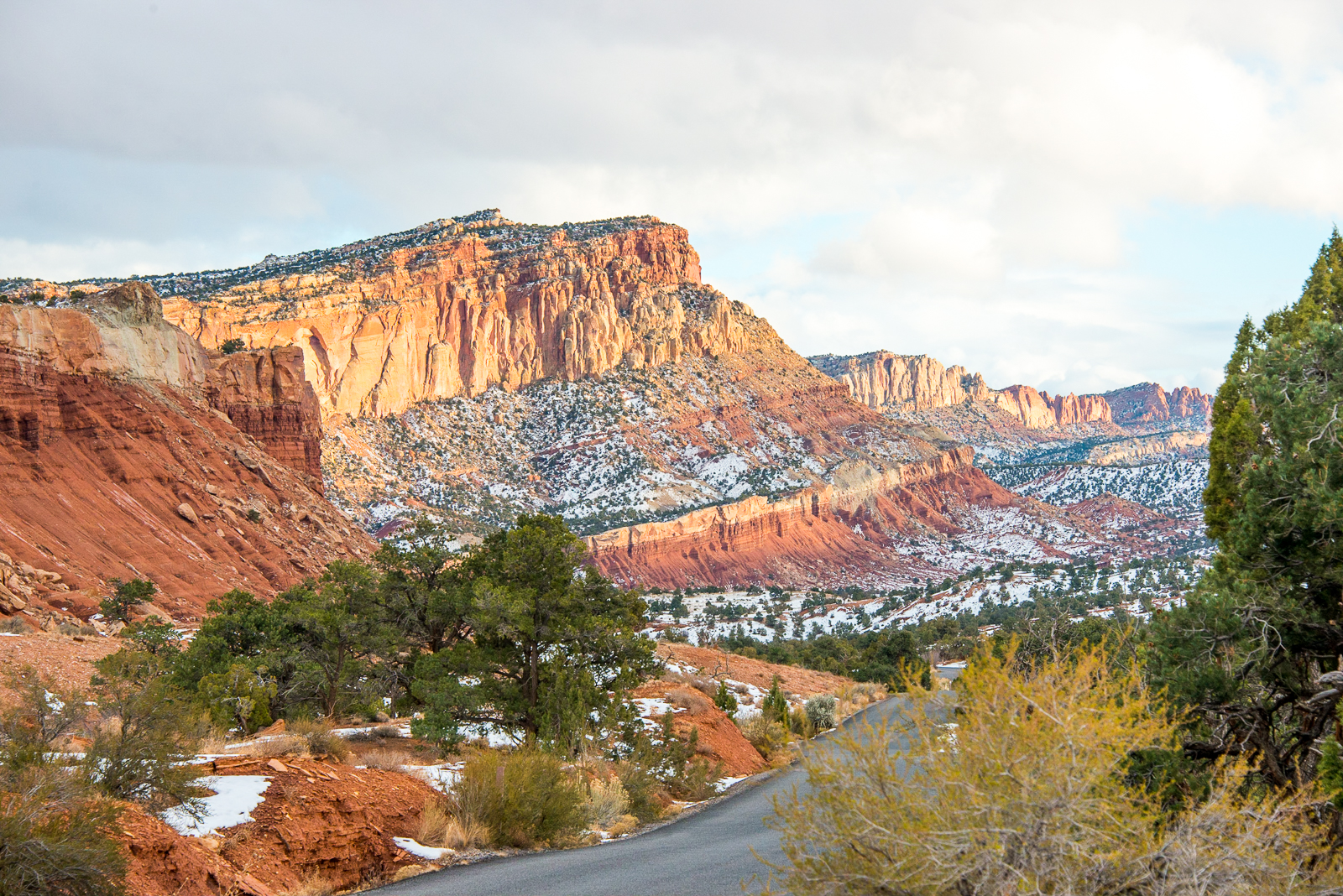
4. Capitol Reef National Park, Utah
There are ample boondocking sites along the roads leading into Capitol Reef National Park, plus the surrounding Utah desert offers seemingly endless BLM and U.S. Forest Service camping possibilities. You’re allowed to boondock in any previously disturbed areas outside of campgrounds. If it gets too hot, you can head for the mountain elevations in the nearby Dixie and Fishlake national forests. Further dispersed camping is available along many dirt roads near the Grand Staircase–Escalante National Monument. Permits are required for camping, but these are free. You can get them at the visitor centers and trailheads.
This area has plenty to offer, from horseback riding and rock climbing to exploring abandoned homesteads, unique sandstone canyons, and rock formations like Chimney Rock and Hickman Bridge. If you go off-trail, don’t disrupt the fragile cryptobiotic soil. This black, lumpy soil grows slowly and is vital to the desert ecosystem.
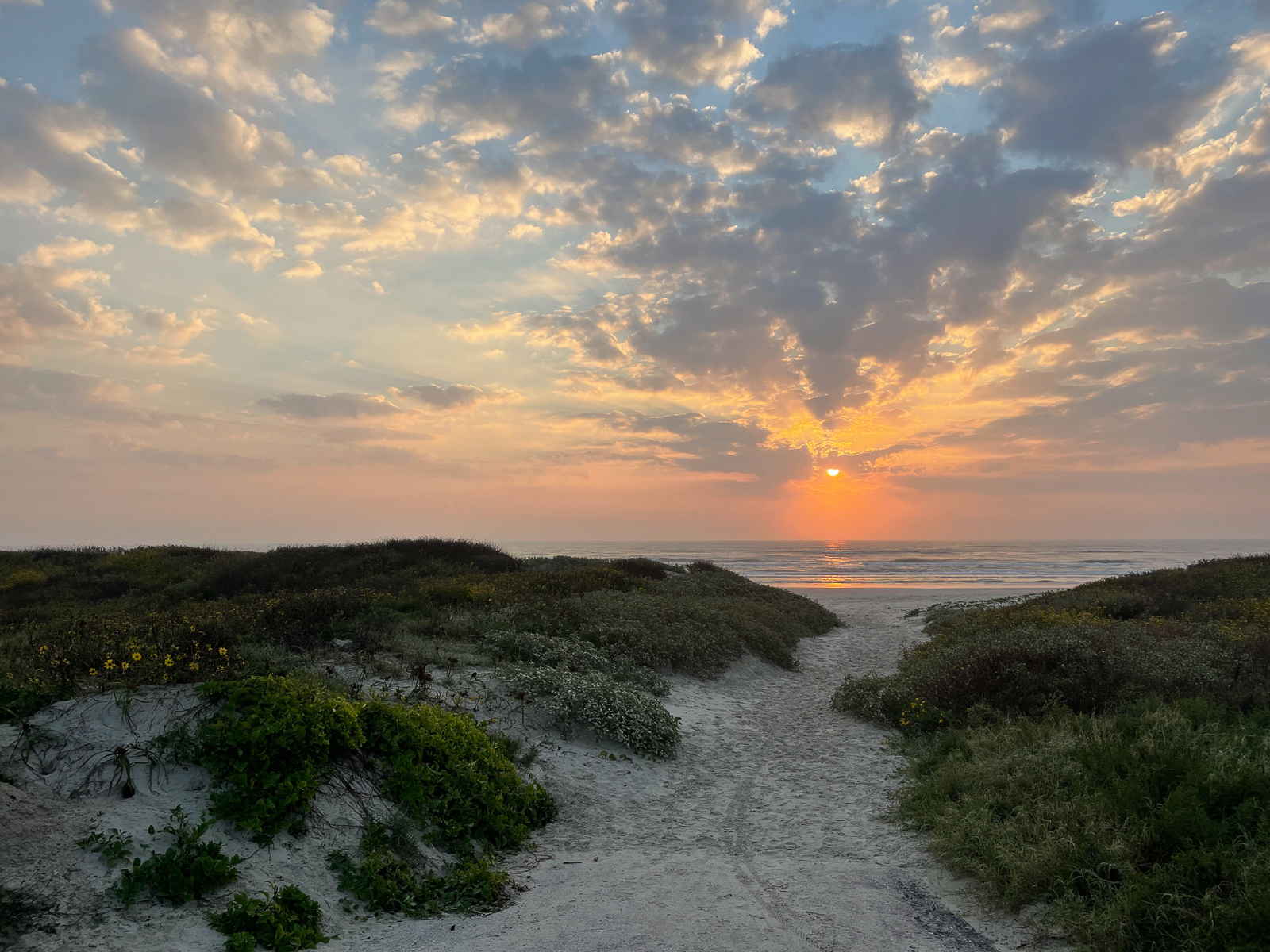
5. Padre Island National Seashore, Texas
Off the coast of Southeast Texas, the expansive, pristine nature of Padre Island National Seashore feels a world away from the vacation destination of South Padre Island. There are a couple of campgrounds in the park, but most people prefer to set up camp along the beach. Besides enjoying epic water views and sunsets, there’s plenty to do in this area, like beach combing, fishing, paddling, birdwatching, and windsurfing on the ultra-salty Laguna Madre, which is just inland from the Gulf of Mexico.
We nearly got stuck in our front-wheel-drive campervan, so proceed cautiously when driving in this area. The following 55 miles of the beach are four-wheel-drive only. Check the weather or call the visitor center (361-949-8068) for current conditions before entering the beach; tide conditions and other hazardous weather may affect your travel. Beach camping permits are required and available at campground kiosks.
North Beach is usually hard-packed enough to be driven on by any vehicle (but use your best judgment and have backup plans just in case the terrain isn’t suitable). South Beach stretches for nearly 60 miles, with the first 5 miles typically hard enough to permit any vehicle.
